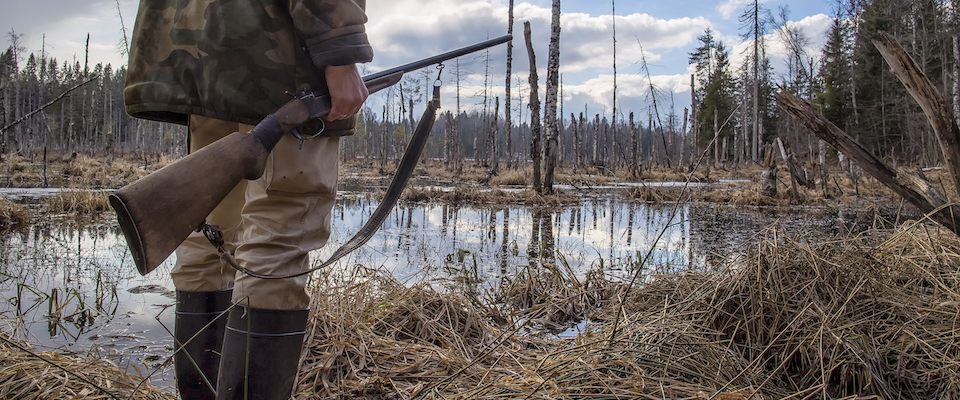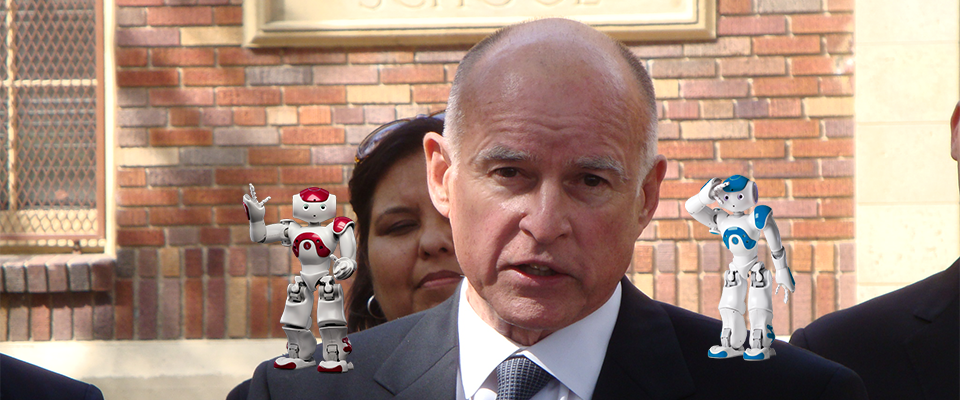The kids seem to have made a difference this time, likely because they weren’t toddlers and pre-teens. They were adolescents—articulate and impassioned, even fierce. They took their rage to both the halls of power and the streets within a day of the shootings at Marjory Stoneman Douglas High School, and they made an impact. Even President Donald Trump—while citing National Rifle Association leaders as “Great American patriots”—has indicated some support, however tepid, for banning bump stocks and boosting the legal purchase age for assault-style weapons. And at the 2018 Conservative Political Action conference, the tone set during a speech by NRA director Wayne LaPierre was defensive and anxious, in stark contrast to the triumphalism expressed during last year’s conference.

Not unexpectedly, there has been some loathsome pushback to the students’ activism, most notably the spurious “crisis actor” memes propagated on social media. But the kids also are inspiring some soul searching even among gun enthusiasts—some gun enthusiasts, anyway. Clips are circulating on YouTube of AR-15 owners destroying their once-cherished firearms because “enough’s enough.”
But the chasm that separates the larger cohort of Second Amendment supporters from gun control advocates still seems irrevocably deep, with vehement fear and loathing expressed by both sides. But are we really a chiaroscuro society when it comes to gun control, forced to declare black or white? No. The polls bounce around a bit, but most Americans support both the basic right to own a gun and controls on specific types of firearms, as well as strictures on who may purchase or have a gun. We are many shades of gray on guns.
Indeed, many of us who own guns, who hunt or shoot targets, support far tougher controls. I grew up with guns. My father was an Army lifer, an infantryman in World War II who fought in the Philippines, escaped from the Bataan Death March, paddled to Corregidor, was re-captured and spent almost three years in Japanese prison camps. He believed in the efficacy, the sanctity, even, of the long gun in the hands of the citizen soldier. He was an NRA youth firearms instructor when I was in junior high and high school, and he coached me and many of my schoolmates in marksmanship with .22 match rifles at a basement range in the Atascadero Masonic temple.
At that time—the 1960s—the NRA was a relatively low-key organization devoted to competition shooting and hunting. My father grew uneasy with his affiliation as the organization began morphing into an extreme right-wing activist group, and he quit in the mid-1980s. He was especially disenchanted with the growing popularity of “black guns,” assault-style, semi-automatic carbines and rifles with external, large-capacity clips. He considered them military-grade weaponry, and thought the only appropriate places for them were on military bases and in National Guard armories. He favored typical hunting arms: shotguns and large-caliber rifles with integral magazines limited to three to five rounds. Revealing the infantryman’s bias, he didn’t much like handguns, though he did own a couple of double-action .357 magnum revolvers.
Perhaps not coincidentally, those are the types of guns I own today: pump shotguns, bolt-action large-bore rifles, and a .22 rimfire semi-automatic rifle. I’d never consider hunting with a black gun; it’d be unsportsmanlike and unseemly. Self-defense? If I can’t stop a home intruder with my duck gun and three to five rounds of 00 buckshot, I might as well yield passively to theft and murder and save everyone a lot of trouble.
And I’m no outlier. Several of my friends are Democrats and hunters. Some are more firearm-obsessive than I, but none belong to the NRA. Most support tighter restrictions on guns and stricter background checks to keep firearms out of the hands of the unhinged. We are thus in the middle of the road, an unenviable position because most creatures there end up as roadkill. Gun control advocates view us askance because we, well, own guns. Gun owners to the right of us revile us turncoats and snowflakes.
Perhaps we should describe those guns that are legal; every other variety of gun would be, ipso facto, illegal.
Clearly, something must be done, and that something isn’t arming teachers, despite the President’s enthusiasm for the idea. But banning specific types of firearms also seems like a doomed enterprise. It’s not just the resistance such proscriptions will face from the NRA and their elected thralls. It’s also the workarounds that have proved so successful in the past when such bans are enacted. By simply tweaking a design element or two, black gun manufacturers have been able to meet the letter of the law while retaining the wholesale lethality of their products.
Moreover, even politically moderate gun owners are discouraged when they end up as collateral damage to such restrictions. California’s new ammunition law will require background checks for anyone purchasing any kind of ammo by 2019—even birdshot rounds for shotguns, ammunition that is hardly conducive for mass murder. That kind of onus can convince even black gun opponents that any kind of restriction is a camel’s nose under the tent that will ultimately deprive them of their sporting arms and associated ammo.
So maybe the best way to address gun violence isn’t by specifying the guns that should be outlawed. Instead, perhaps we should describe those guns that are legal; every other variety of gun would be, ipso facto, illegal. For the sake of discussion, I’d define legal guns as any long gun with an integral magazine restricted to five rounds. Revolvers with cylinders holding no more than six rounds also would be legal. Such firearms could address any hunting or home defense situation, but would be ill suited for mass slaughter. Would people still die if these guns were employed against a soft target? Yes. But not nearly as many. And in the current situation, that must be considered a vast improvement.
Of course, such an initiative will be resisted by the NRA. And for acceptance by moderate gun owners, guarantees must be made, iron-clad assurances that legal guns will remain legal. Obviously, laws that can be passed can be repealed, so the best approach would be through a constitutional amendment—essentially, a refining of the Second Amendment, reaffirming the right to bear arms, but defining the kinds of arms that can be borne. Such an effort will take time, but time may be on our side in this case. The power of the NRA may have peaked; it is characterized by an aging and doctrinaire demographic. Millennials seem far less disposed to extreme positions than Boomers or even Gen Xers. By the time they start assuming power, the middle of the road may not be such a terrible place to hang out.





















